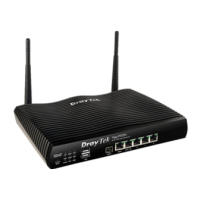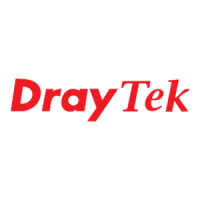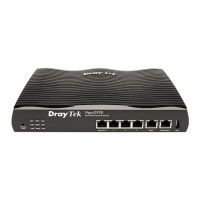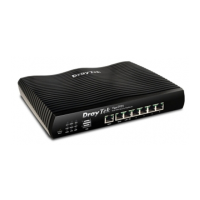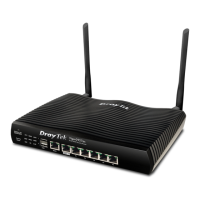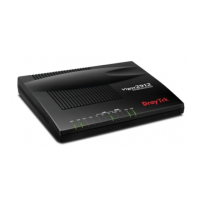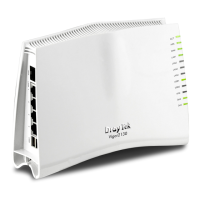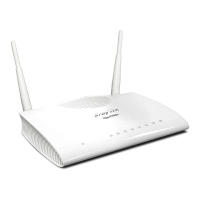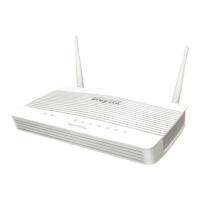Vigor2920 Series User’s Guide
278
4
4
.
.
1
1
0
0
.
.
4
4
R
R
A
A
D
D
I
I
U
U
S
S
Remote Authentication Dial-In User Service (RADIUS) is a security authentication
client/server protocol that supports authentication, authorization and accounting, which is
widely used by Internet service providers. It is the most common method of authenticating and
authorizing dial-up and tunneled network users.
The built-in RADIUS client feature enables the router to assist the remote dial-in user or a
wireless station and the RADIUS server in performing mutual authentication. It enables
centralized remote access authentication for network management.
Available settings are explained as follows:
Item Description
Enable
Check to enable RADIUS client feature.
Server IP Address
Type the IP address of RADIUS server
Destination Port
The UDP port number that the RADIUS server is using. The
default value is 1812, based on RFC 2138.
Shared Secret
The RADIUS server and client share a secret that is used to
authenticate the messages sent between them. Both sides must
be configured to use the same shared secret.
Confirm Shared Secret
Re-type the Shared Secret for confirmation.
After finished the above settings, click OK button to save the settings.
4
4
.
.
1
1
0
0
.
.
5
5
A
A
c
c
t
t
i
i
v
v
e
e
D
D
i
i
r
r
e
e
c
c
t
t
o
o
r
r
y
y
/
/
L
L
D
D
A
A
P
P
Lightweight Directory Access Protocol (LDAP) is a communication protocol for using in
TCP/IP network. It defines the methods to access distributing directory server by clients, work
on directory and share the information in the directory by clients. The LDAP standard is
established by the work team of Internet Engineering Task Force (IETF).
As the name described, LDAP is designed as an effect way to access directory service without
the complexity of other directory service protocols. For LDAP is defined to perform , inquire
and modify the information within the directory, and acquire the data in the directory securely,
therefore users can apply LDAP to search or list the directory object, inquire or manage the
active directory.
G
G
e
e
n
n
e
e
r
r
a
a
l
l
S
S
e
e
t
t
u
u
p
p
This page allows you to enable the function and specify general settings for LDAP server.
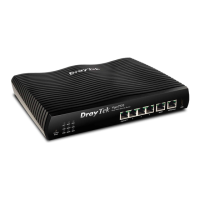
